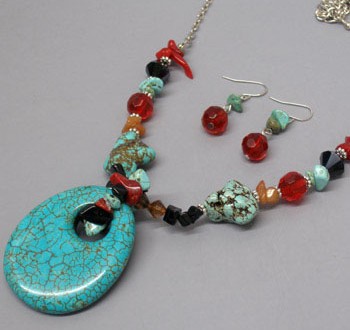East Africa remains one of the world’s greatest suppliers of gemstones, many of which can’t be found anywhere else. As the African economies grow, in part by meeting global demand for rare earth minerals, metals, diamonds and gems, the question arises: will its people be able to reap the rewards and surge ahead as well?
The city of Arusha, Tanzania owes its existence to tourism. Located close to Mt. Meru and Mt Kilimanjaro and noteworthy wildlife preserves such as the N’goro N’goro Conservation Area, it host! visitors from around the world who come to see it! natural beauty. Arusha, which can be reached or a direct flight from Europe, also benefits from them wealth and natural resources of nearby gem mines particularly tanzanite
The Arusha International Gem and Mineral Fair (AIGMF show), with substantial support from them Tanzanian government and the Tanzania Minera Dealers Association (TAMIDA), shed light on thee efforts the country is making to bring business to thee source and help Tanzanians gain a stronger footholc in the gem and jewellery industry.
” One year in preparation, [the show] illustrates them magnitude of importance our government has placec on thins,” said William Ngeleja, Tanzania’s recently departed minister of energy and minerals.
“We want to see transactions for gems mined here tc be concluded here. We also want to create incentive! for foreign buyers to relocate and bring in the necessary resources for capacity building – be it it exploration, the mining sector, the cutting sector or jewellery making. This will help job creation, povert alleviation and be good for our country,” he explains.
and was deemed a largely positive experience for . exhibitors and buyers. It drev 500 attendees from 25 countries; 300 were buyers representing 200 companies.
Other important-milestones were reached as well. For one, AIGMF successfully. brought gem dealers from across East Africa together in an open, businessfriendly environment. Show officials acknowledged some recalcitrance from potential exhibitors from neighboring countries who were not sure how their exports into Tanzania would be handled.
Government officials said they will redouble their efforts to open the borders for import and export so neighboring countries such as Kenya, Zambia and Mozambique can easily bring goods to the show. This will have a significant impact on the amount of gems available to buy at the show, a necessary draw for international buyers.
Monica Gichuhi, CEO of the Kenya Chamber of Mines, said the potential for gem mining on a large scale in her country is also vast and they look forward to bringing more goods to the Arusha show.
“Web need mechanization, support, and know-how,” she explained, and we are looking for equitable partnerships. So for us, the AIGME was an excellent forum to meet people and exchange ideas. I can also say that Kenya supports value addition.”
Another hot topic at the show was the debate among Tanzanians and gem dealers regarding the efficacy of a “certificate of origin” the country wishes to impose on the export of gem materials, particularly tanzanite, to curb illegal exports, or smuggling.
Critics point out that the added burdens and costs of the paperwork, not to mention fear of governmental interference, would only exacerbate illegal exports. Additionally, countries importing gems from Tanzania will have to sign bilateral agreements and ensure that certificates of origin actually accompany them,
something not a single importing country has agreed to. At the heart of the government’s intention is a desire to create a value-added industry in Tanzania. Officials acknowledge that most tanzanite rough is fashioned in Jaipur, India, a factor they would like to see reversed .
“There are only a few hundred cutters here compared to several thousand in India,” Ngeleja explained. “This disparity needs to be overcome; what we are asking for is that the Indians become partners in helping us build business here.
East Africa’s emerging position as one of the world’s important gem purveyors needs to remain strong as well as sustainable so its people, can thrive, too.
“In the 1960s, Africa was a very minor player on the world colored gemstone scene,” said Bill Larson, a gem dealer based in Fallbrook, California, who gave the keynote presentation on the history of East African gemstones at the AIGME show. “Look at where you are today,’ Larson told attendees. You have gemstones that are exclusive to Africa, like tanzanite and tsavorite, but also very important sapphire and ruby deposits in recent years. And it has all come about relatively quickly.”
Infrastructure will be needed to build a value-added gem business in East Africa. Even if roads and cutting facilities are built, however, a truly skilled labor force remains elusive, and will only emerge as the need is defined.
The foundation is looking for ways people can learn gem cutting and jewellery making, which is the government of Tanzania’s over-arching goal. TanzaniteOne, the region’s large-scale mine for tanzanite, has contributed to the empowerment fund and said it is constructing a large facility for cutting tanzanite at the source.
While just the begmnrng of a changed tor fast. Africa gemstones, it is something tangible that will help the people of Tanzania, Kenya, Mozambique and Zambia help themselves.

